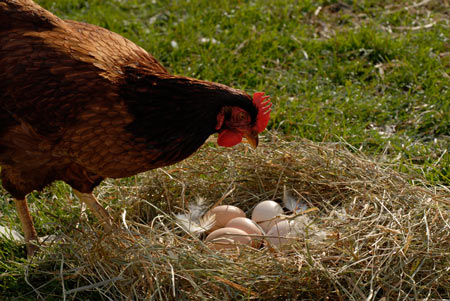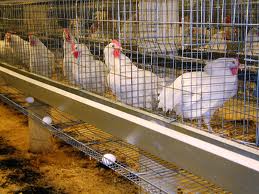A large number of people love to keep backyard chickens for egg production. There might be numerous reasons for this habit. But it really feels amazing to collect eggs from all the next boxes. In other words, gathering eggs from the nest boxes is one of the greatest joys of keeping the backyard chicken. If dealt in a proper manner, …
Read More »Poultry Layer And Egg Guide
Poultry Layer Management,A Guide To Optimal Egg Production
MANAGEMENT OF LAYERS Maximum hen-housed egg production with fair egg size, feed efficiency and minimum mortality are the prime goals of layer farming. Beside good genetic make up of bird, management during laying plays an important role to achieve the above-mentioned targets in egg production. Following are the vital aspects of efficient layer management: Segregation and Transfer of Pullets Ready to …
Read More »
